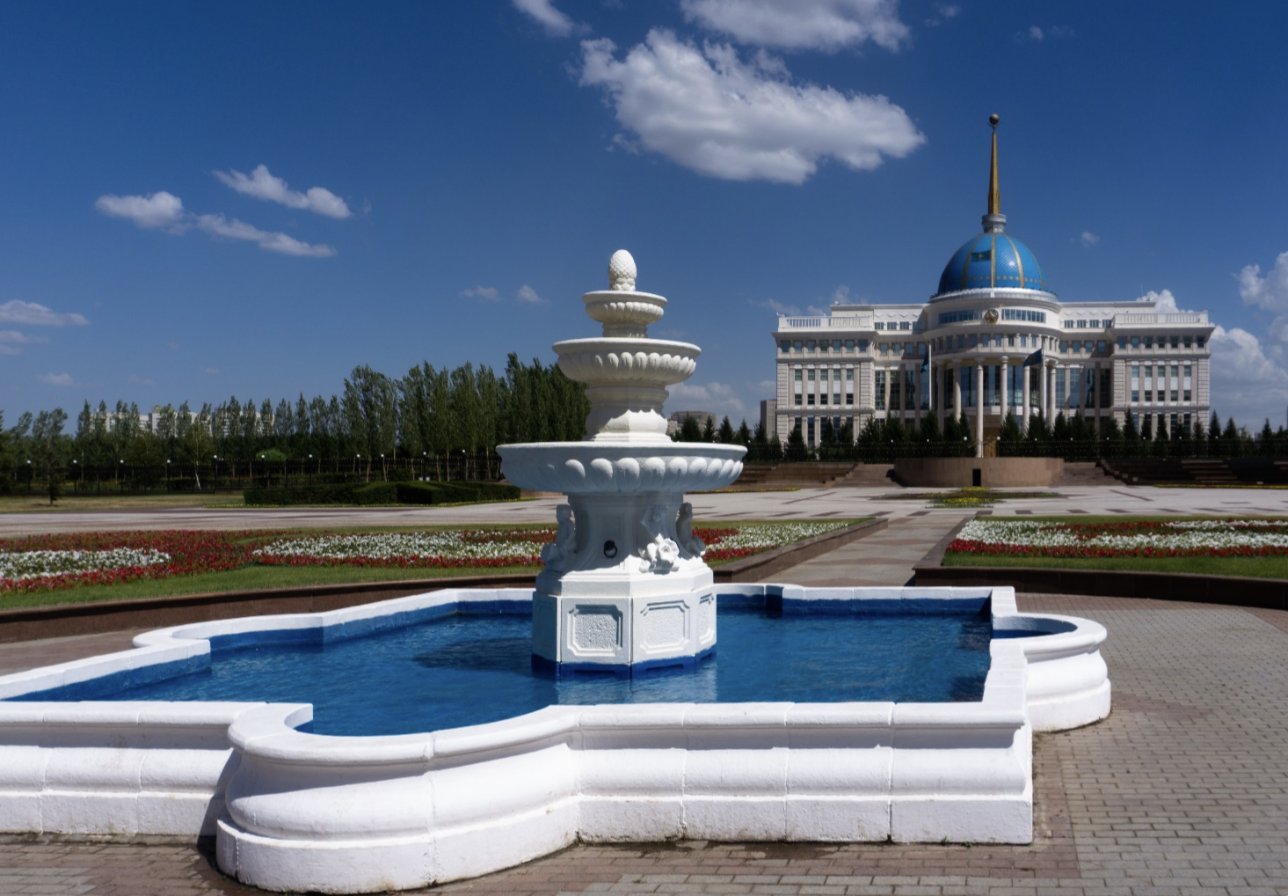PAST TALKS 2023
28 March 2023
“The Steppe Civilization in a Mirror
FEDERICO MARCOMINI
University of Florence
Respondent: Angela Wheeler, Harvard GSD
![]()
Mabetex Group, Presidential palace Ak Orda, 2001-04, Astana, Kazakhstan
“The Steppe Civilization in a Mirror
of the European Culture”
Classical Architecture and Nation-Building
in Post-soviet Kazakhstan
FEDERICO MARCOMINI
University of Florence
Respondent: Angela Wheeler, Harvard GSD

Mabetex Group, Presidential palace Ak Orda, 2001-04, Astana, Kazakhstan
Discussing the political and cultural implications of classical architecture in the contemporary academic debate, the focus often lies in its association with twentieth century-totalitarian regimes, or in its worldwide spreading through colonialism. However, several post-socialist countries are currently appropriating this language for specific nation-building purposes. It is the case of Kazakhstan and its new capital Astana, established in 1998 to materialize the identity of the independent country. Among futuristic designs by Norman Foster, Manfredi Nicoletti, and Adrian Smith, the most relevant political facility – the Presidential palace Ak Orda, 2001-04 – and the leading cultural institution – the Opera Astana theatre, 2011-13 – adopt an explicit classical language. The transformations in terms of style, materials, and construction techniques, make it difficult to frame Astana’s classical architecture in any given historiographic or aesthetic category, and the same goes for the meanings associated with it. Regarding these buildings, governmental sources, company monographs, and local newspapers link classical architecture to political representativeness and elitist culture, and stress its role in manifesting Kazakhstan’s “Eurasian” identity. In contrast, the interpretation of young citizens of Astana (collected from a series of qualitative interviews) ranges from an “out of reach” admiration to accusations of being imitative and “neocolonial”. Considering these aspects, this contribution discusses the classical architectural experience in Astana in its material properties, and in its top-down and bottom-up interpretations, shedding light on a faceted phenomenon that involves both the legacy of the “Western” tradition and the definition of a “global” cultural identity.
***
Elusive Techno-Aesthetics
Paradigmatic Histories of Concrete
in Post-independence Algeria
KHAOULA HANNACHI
Blida 01 Algeria
Institute of Architecture and Urban Planning
Lab ETAP
Respondent: Paul Bouet, ETH/gta
Photo-collage highlighting the University of Constantine’s Campus (Algeria).
From 1962 onwards, Algeria’s constructive scene was marked by a multidimensional modernisation project, which, despite a lack of qualified professionals and productive institutions, attempted to assert the country’s identity and sovereignty after 132 years of colonization. The various architectural experiments of the period mirrored the country's ideological ambitions, as it moved from a socialist autogestion regime to a somewhat liberal one. Most of these projects were designed by internationally renowned architects such as Oscar Niemeyer, Fernand Pouillon, Luigi Moretti, Jean Bossu, Georgette Cottin-Euziol, and others, including Abdrerahmane Bouchama. Concrete played a significant role in this endeavor and was chosen as the emblematic material of the country and many of these architects. The use of this material-medium, by virtue of its physical and metaphysical providentiality, has considerably contributed to the paradigmatic richness of these projects. This research attempts to elucidate the different techno-aesthetical choices (in the Simondonian sense) that have shaped this production in order to establish concrete’s place in the constructive history and identity of Algeria.